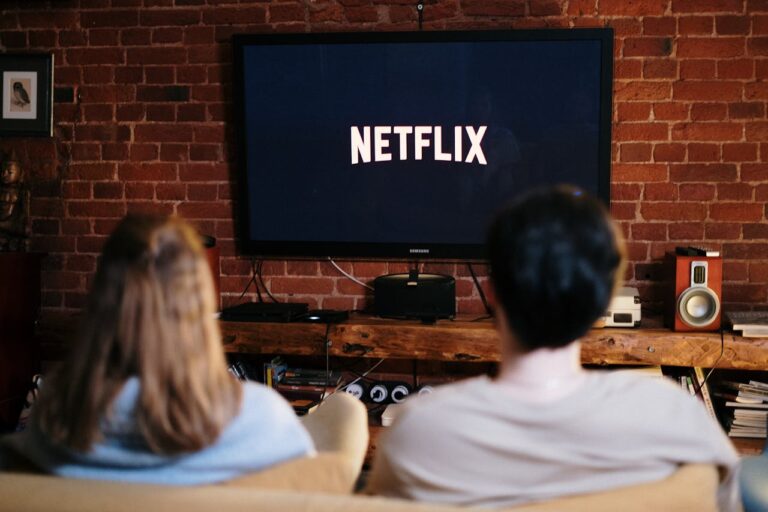Write Us: hello@ali5.org
Animated Films in 2025 – Are They Still Just for Kids?
Are animated films in 2025 still just for kids? Explore how animation is growing up, attracting older audiences, and taking on bold, mature storytelling.

Let’s be real. For a long time, animated movies haven’t just been for kids. But by 2025, the line between “children’s entertainment” and “mainstream storytelling” will have almost completely disappeared. Animation is not a type of art anymore; it’s a way of doing things. That change has made it possible for stories to be more varied, themes to be deeper, and audiences to be much older than elementary school.
So, are animated films in 2025 still just for kids? Not even close. Here’s what that actually looks like.
1. The Studios Know Who’s Watching
Animation companies like Pixar, DreamWorks, Sony, and Illumination don’t have to guess anymore. They have the numbers, and they show what we’ve all thought: a lot of adults watch animated movies.
For example, Pixar’s 2025 movie Unspoken is a visually abstract film about grief and identity that follows a mute main character. It made the news not only because of its animation style, but also because it connected with adults on an emotional level that most live-action dramas could only dream of.
DreamWorks’ Byte City (2025), on the other hand, is set in a neon-lit, AI-controlled city and combines cyberpunk style with a surprisingly raw story about loneliness and feeling disconnected. Kids might come for the robots, but adults stay for the fear of death and the sly digs at Big Tech.
These films are layered. On the surface, sure, they have the humor, color, and pacing to keep younger viewers entertained. But underneath? They’re writing for grownups who grew up with Toy Story and now carry student debt, anxiety, and a taste for mature themes.
2. Streaming Changed Everything
With Netflix, Amazon Prime Video, and Apple TV+, animated movies don’t have to be huge hits at the box office to do well anymore. Niche projects now have the room to breathe and find their people.
Netflix’s Ashes & Stardust (2025), a quiet, visually stunning sci-fi tale about memory loss in space, wouldn’t have survived the old studio system. But online? It exploded on social media. People talked about its unclear ending, cried over its simple score, and picked apart its metaphors. It has more in common with Arrival than Despicable Me.
And then there’s Amazon’s Wooden Eyes, a dark reimagining of Pinocchio that plays more like an arthouse film than a fairy tale. Critics called it “a philosophical gut-punch disguised as a bedtime story.”
These stories work because they don’t need to appeal to everyone. They just need to find an audience. Streaming made that possible.
3. Global Voices, Grown-Up Stories
Another reason animated films feel more adult in 2025? They’re coming from everywhere.
Japan has always been ahead of the curve here. Studio Ghibli showed decades ago that animation could be quiet, reflective, and emotionally devastating. But now, more countries are stepping in.
France’s L’ombre et la Plume (“The Shadow and the Feather”), a meditative film about trauma and healing, won Best Animated Feature at the Cannes Film Festival this year. South Korea’s Zero Days, blending 2D and live-action footage, explored the ethical minefield of AI-powered warfare. Neither of these was made with kids in mind. And both are proof that the global animation scene is pushing boundaries that the U.S. industry barely touches.
What this really means is: animation isn’t just expanding in age range. It’s expanding in scope, tone, and creative freedom.
4. Animation Is Safer for Taking Creative Risks
Want to show a planet slowly dying while its people don’t pay attention? Or a girl who turns into smoke every time she’s anxious? Animation can handle it. It’s often more effective than live-action, especially for stories that are weird, metaphor-heavy, or otherwise too expensive to shoot with real actors.
And in 2025, creators are leaning into that. They’re telling stories about mental illness, gender identity, war, climate change, memory, and morality. Not every frame is lighthearted or silly. Some are brutal.
Because in animation, you can do things visually that would seem melodramatic or heavy-handed in live action. Emotions become landscapes. Characters become metaphors. You can talk about death and fear without it being off-putting to younger viewers and without softening the blow for older ones.
5. Kids Are Still Watching, But With Their Parents
Let’s not pretend kids are out of the picture. They still love animated movies. But here’s the shift: many of these films are now made with the assumption that adults will be watching too.
Look at 2025’s The Clockmakers, a charming adventure with heavy themes around aging and time. Kids laughed at the clockwork animals. Adults cried at the final scene.
This dual-layer storytelling isn’t accidental. It’s baked in. Studios know that parents are in the theater too, and they’re designing stories that speak to both experiences. It’s not pandering, it’s smart writing.
6. So, What Even Counts as a “Kids Movie” Now?
Good question.
In 2025, the phrase “kids’ movie” will have lost its meaning. The best animated films today don’t dumb things down. They meet kids where they are and bring adults along for the ride.
Sure, we still have popcorn flicks like Minions: Mars Mayhem for the pure fun of it. But they’re the exception now, not the standard. And even those movies sneak in commentary about consumerism or parenting or loneliness if you’re paying attention.
Animation has grown up. The audiences have too.
Conclusion: Animation Is for Everyone Now
In 2025, animated films are no longer stuck at the “kids’ table” of cinema. They’re award contenders. They’re cultural landmarks. They’re often the most inventive, emotionally resonant films of the year.
If you still think cartoons are just for kids, you’re missing out on some of the best storytelling happening in film right now.
So no, they’re not just for kids. They never really were. But now? It’s undeniable.







